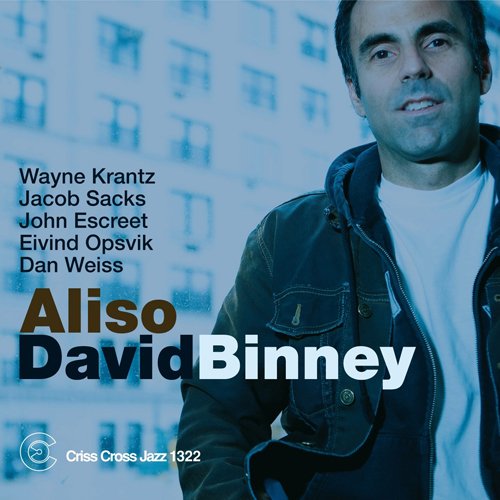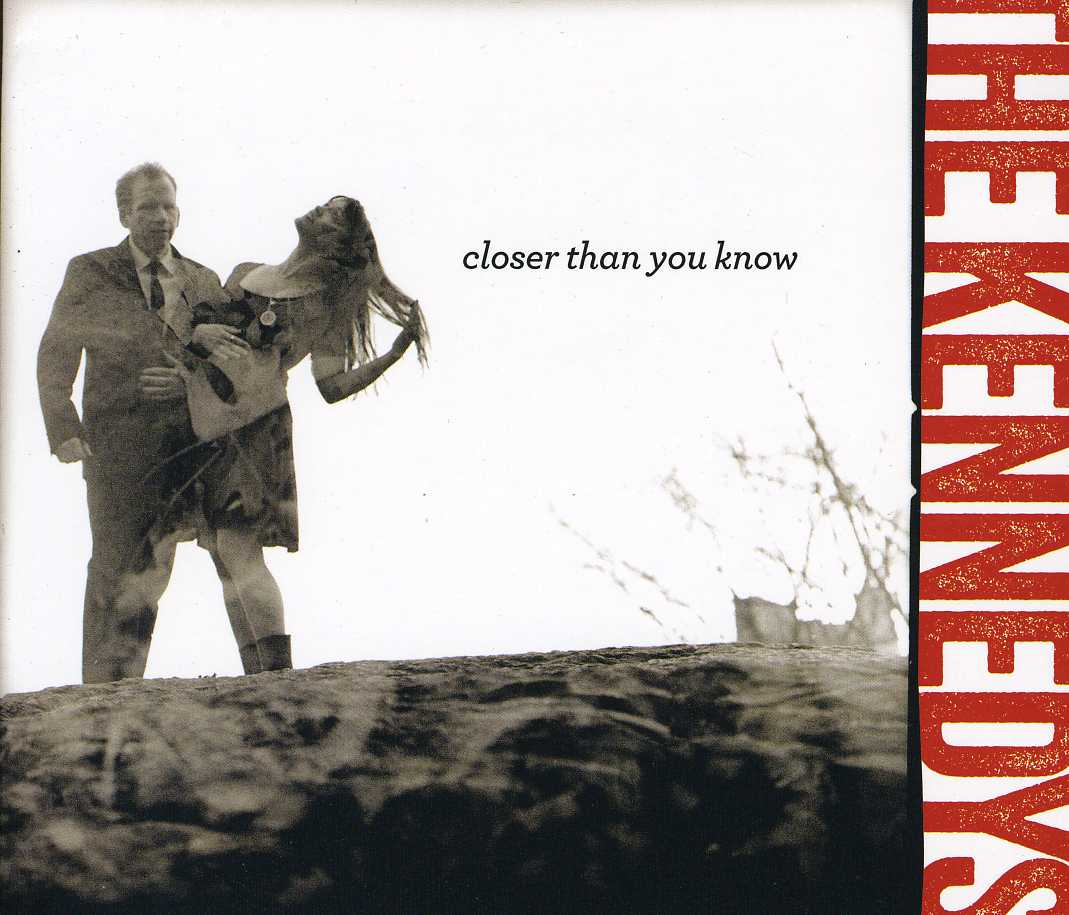Item is not available
member goods
No member items were found under this heading.
notems store

Disney Animated Classics: The Lion ...
by Editors of Studio Fun International
Hardcover /Hardcover$9.74
Return Policy
All sales are final
Shipping
No special shipping considerations available.
Shipping fees determined at checkout.






